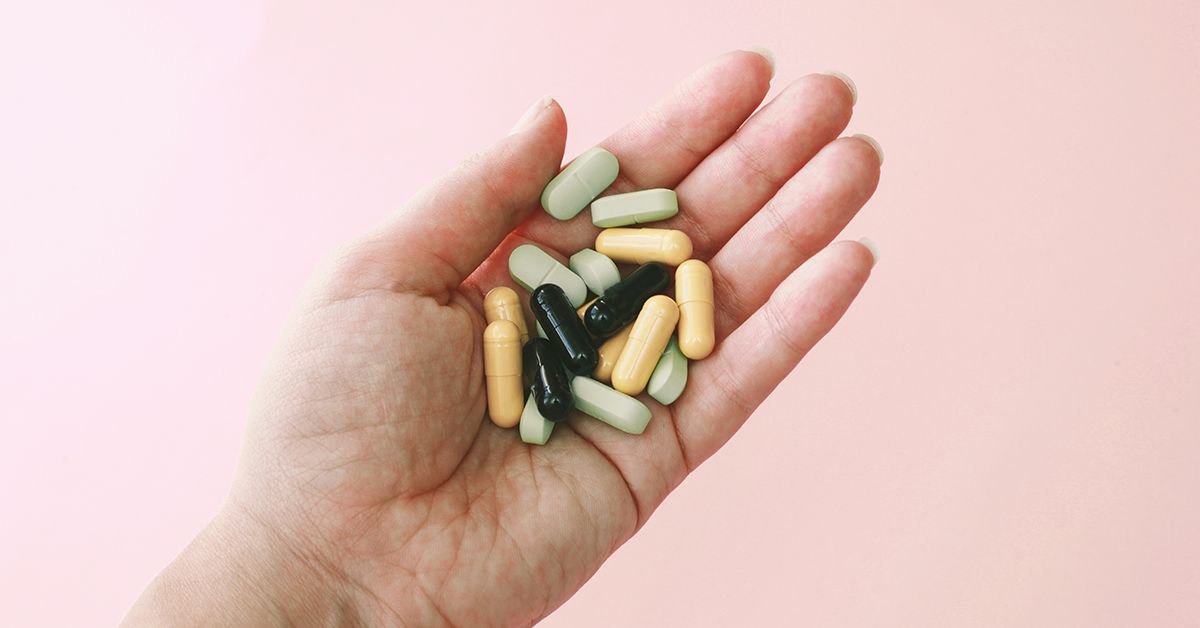Vitamin K1 is a fat-soluble vitamin found in some leafy vegetables. Its main function is to help blood coagulate.
Further down the alphabet, after vitamins A through E, is another important nutrient: vitamin K. This micronutrient helps blood clot and may have other benefits, including promoting bone health and preventing arteriosclerosis.
You’ve probably heard of vitamin K, but you may not know that it comes in two forms: vitamin K1 and vitamin K2.
Vitamin K1 is found in certain green and yellow vegetables, while vitamin K2 is found in animal foods. Although they perform many of the same functions in the body, there are also subtle differences.
Here’s what you need to know about vitamin K1.
Learn more about vitamin K.
Although vitamin K1 is not required to be listed on nutrition facts labels, it remains an important nutrient for human health. Its main role is to help the blood clot properly. In fact, the K in the name comes from the German word for “coagulation.”
In everyday situations, a typical clot forms a scab that protects from excessive bleeding. This also applies to more serious wounds. Without clotting, bleeding can be life-threatening.
Limited research has investigated the effects of vitamin K1 on other health areas, including bone health.However
Some studies have shown that higher intakes of vitamin K can increase bone density and reduce the risk of hip fractures.
Reducing the risk of heart disease is another possible benefit of vitamin K1. This nutrient is involved in the production of a group of proteins that protect against atherosclerosis.So some
Further research is needed to draw firm conclusions about the relationship between vitamin K and cardiovascular risk.
The only way to know if you’re getting enough vitamin K1 is to get a blood test. However, most people can get enough through a variety of diets.
by
- Children up to 6 months: 2 micrograms (mcg)
- Children 7-12 months: 2.5 μg
- Children 1 to 3 years: 30 mcg
- Children 4 to 8 years: 55 mcg
- Children 9-13 years: 60μg
- Children 14 to 18 years: 75 mcg
- Adult men over 19 years old: 120μg
- Adult women over 19 years old (including those who are pregnant and breastfeeding): 90μg
Vitamin K1 deficiency is more common in children (especially newborns) than in adults. This is because the placenta does not transfer vitamin K well, and breast milk may not contain it either. Still, anyone can carry too little.
Symptoms of vitamin K deficiency include excessive bleeding, easy bruising, heavy periods, and/or bloody stools.
Taking too much vitamin K1 is very rare. For this reason, the Dietary Reference Intakes (DRI) does not set an upper limit for acceptable intake.
If you eat a lot of foods high in vitamin K1, such as leafy vegetables, you’re more likely to experience gastrointestinal problems from excess fiber than side effects from too much vitamin K1.
However, too much vitamin K1 can be a problem for people taking certain medications, such as blood thinners. If you are taking blood thinners, be sure to talk to your doctor or dietitian about your vitamin K1 intake.
When it comes to vitamin K1, think green, green, and more green. The main source of this nutrient is leafy vegetables. Cooked vegetables tend to contain more than raw vegetables (but not always). Vitamin K1 is fat-soluble, so including it with a fat source, such as a salad dressing, will help its absorption.
Foods with the highest content of vitamin K1 include:
- cooked kale
- cooked turnip vegetables
- cooked collard greens
- cooked spinach
- raw dandelion leaves
- raw swiss chard
- raw arugula
- Dried herbs such as basil, thyme, oregano, and marjoram
Blood thinners like warfarin (brand name Coumadin) usually come with a warning not to take vitamin K1 (and avoid foods high in vitamin K) while using them. In addition to these drugs, antacids, some antibiotics, and certain drugs for cancer, seizures, and high cholesterol can also be affected by vitamin K1.
For certain groups of people, excess vitamin K1 can be harmful. This is especially true for people taking blood thinners, as vitamin K promotes blood clotting.
People who are on dialysis for kidney disease, have liver or gallbladder disease, or have intestinal problems should also discuss the use of vitamin K1 with their doctors.
It is also recommended to avoid taking vitamin K1 supplements during pregnancy as they can cause jaundice in the infant.
What is vitamin K1 used for?
Vitamin K1 is primarily used to promote blood clotting and prevent excessive bleeding. However, some people may be directed by their doctor to take it as part of their heart health regimen.
Do vitamins K1 and K2 have the same function?
Although vitamins K1 and K2 come from different food sources, they serve many of the same functions in the body.That being said, K2 might be better
What foods have the highest amount of vitamin K1?
Dark leafy greens like kale are the richest source of vitamin K1. For example, one cup of cooked kale contains 1,062 micrograms, which is more than 10 times his recommended daily intake.
Who should not take vitamin K1?
Do not take vitamin K1 if you are taking certain medications, such as blood thinners (warfarin, also called Coumadin). People with rare metabolic diseases that affect blood clotting, such as glucose-6-phosphate dehydrogenase deficiency, should also avoid taking vitamin K.
Most people can get enough vitamin K1 from a healthy, varied diet. Focus on consuming lots of dark green leafy vegetables and talk to your doctor if you’re worried your levels are too low.

